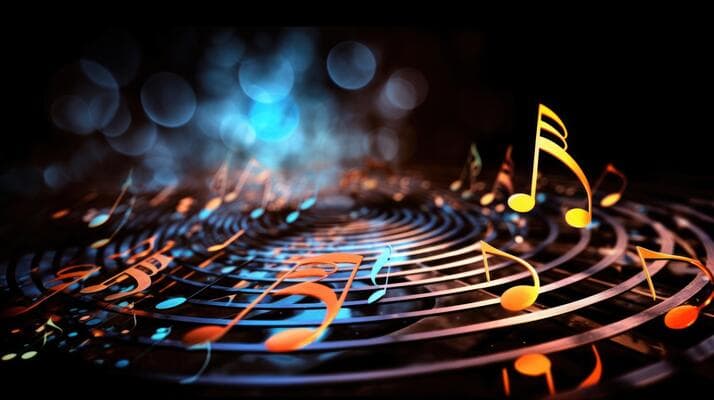
Music Without Borders: How Modern Composers Blend Genres
Music has always been a powerful tool for expressing emotions, cultural traditions, and personal experiences. In recent decades, musical genres have started to actively intersect, creating new forms that attract listeners from all over the world. Modern composers and performers are increasingly combining elements from different musical styles, which not only expands the boundaries of traditional music perception but also opens up new horizons for the perception of art as a whole.
Evolution of Musical Genres
Over the last few decades, music has undergone many changes. Previously existing boundaries between genres have become less noticeable, and musical directions have begun to actively borrow elements from one another. The influence of styles such as rock, jazz, classical music, electronic music, and hip-hop has become an integral part of the sound of contemporary compositions.
Against this backdrop, the era of genre fusion began, where musicians increasingly strive not for purity of sound but for unique harmony. One striking example of such experiments is the work of artists who use electronic beats in combination with live instruments, thereby creating captivating hybrid compositions. This approach reflects the desire to integrate new technologies into traditional forms of art.
The Influence of Technology on Music
Modern musical technologies have played a huge role in the genre blending process. Thanks to powerful digital tools, composers can combine various styles and sounds that were previously impossible to integrate without significant effort. Music production software, synthesizers, and other electronic devices allow for the development of sounds that combine elements of classical music, rock, jazz, and electronic genres.
Technological progress has also led to the expansion of music’s audience. Today, musical works are available not only in concert halls but also in online spaces, allowing people around the world to discover new genres and styles, regardless of location. This indicates a growing interest in innovations in various forms of entertainment and art.
Modern Composers Who Break Genre Boundaries
One of the prominent figures in the new world of music is Bill Lee, who actively uses elements of jazz and electronic music. His compositions captivate with their multilayeredness, where elements of traditional styles intertwine with new musical trends. An example of such an approach is his album Modern Jazz Electric, where synthesizer sounds seamlessly blend with jazz improvisations.
Another example is the performer Yo-Yo Ma, whose unique style combines elements of classical music and traditional Chinese melodies. Despite the strict framework of classical music, her works are filled with vibrant and unexpected twists, making them relevant and interesting for younger audiences.
Among those who also break musical genre boundaries is the band Massive Attack, which successfully combines elements of rock, hip-hop, and electronic music, creating a unique sound that has been loved by many generations of listeners. This is an example of how combining different musical traditions can create unique and powerful works that attract the attention of not only fans of individual styles but also a broader audience.
Music as a Tool for Cultural Transformation
Genre blending is not just an experiment with music. It is an attempt to find new forms of expression that can influence cultural processes. Today, music is actively used not only in concert halls but also in cinema and advertising. Additionally, music is actively incorporated into new platforms such as new magyar casino and foreign gaming platforms, where it becomes an integral part of virtual worlds and interactions. Music, like other forms of art, is actively changing in response to the demands of new audiences and new technological possibilities.
This process of genre fusion reflects broader societal trends, where cultural differences are becoming less pronounced, and traditions and innovations mix, creating new forms of art and entertainment. Music, like other forms of digital entertainment, is becoming a universal language that has no geographical or cultural boundaries, allowing it to permeate various aspects of life.
How Music Affects the Perception of Art as a Whole
Blending genres in music not only makes music itself more multidimensional and accessible but also changes attitudes toward art in general. Composers using electronic beats, synthesizers, and other technological innovations open up new horizons of perception and interaction with art for their audiences. Music becomes not just melodies and chords, but entire worlds capable of telling stories, evoking emotions, and opening eyes to new perspectives.
Today, musical genres have no clear boundaries, and experimentation with them continues to inspire both artists and their listeners. This influence can also be traced in other areas, where innovations and the intersection of different approaches create new forms of interaction, whether in cinema, video games, or other virtual platforms.
Conclusion
Blending musical genres in recent decades has become a vivid reflection of how art adapts to changes in the world of technology and cultural practices. Modern composers use all the opportunities provided by the digital age to create new forms of music that blur the lines between various styles and directions. This not only expands the horizons of musical perception but also influences culture and the perception of art as a whole, opening new pathways for the exchange of ideas and experiences across the globe.